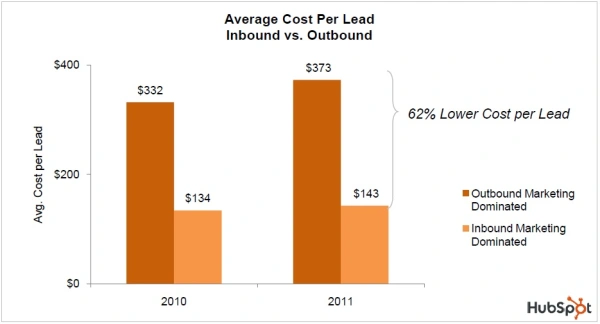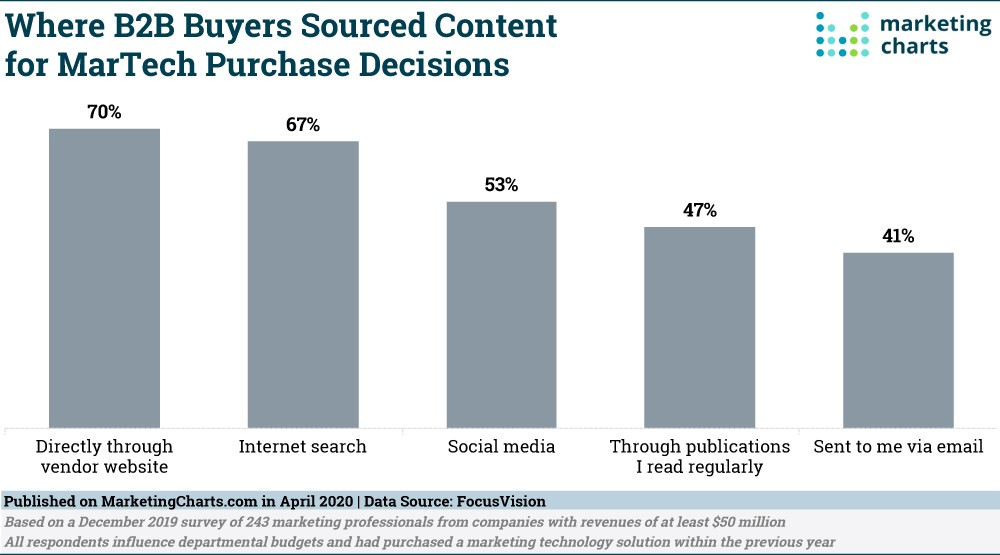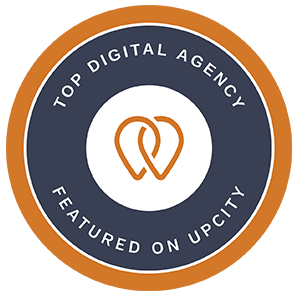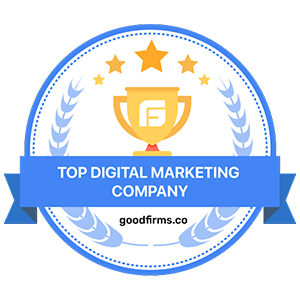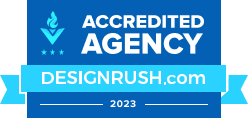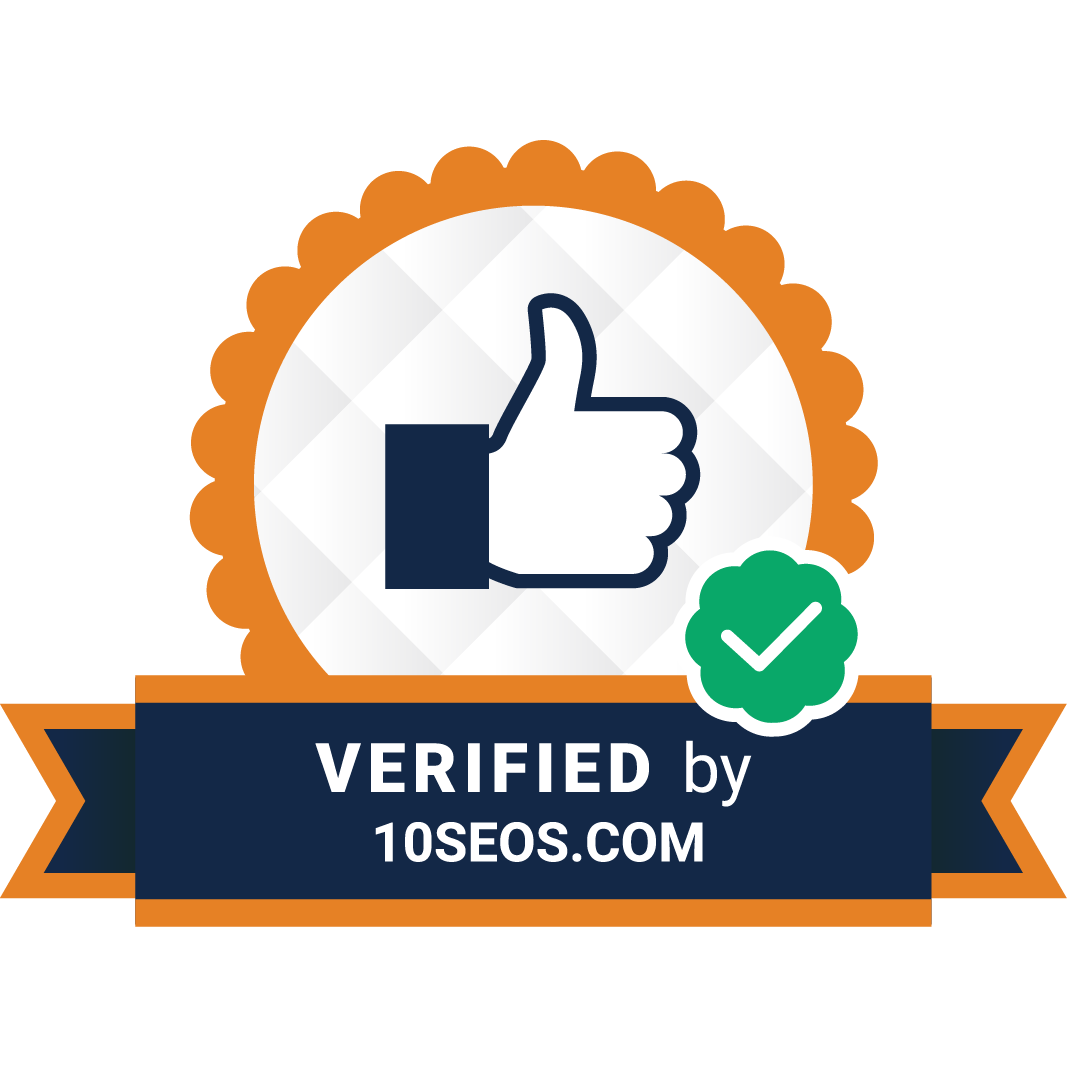Request for more details
SaaS SEO stands for Software-as-a-Service Search Engine Optimization. It refers to the search engine optimization strategies specifically created for software-as-a-service businesses. Driving organic traffic is critical for SaaS companies to grow their customer base and boost revenue. However, in the highly competitive SaaS landscape, standing out requires strategic effort.
Key Points:
Technical SEO elements like meta tags, heading tags, and internal
links establish authority and improve search visibility.
SaaS Keyword
research also allows you to target high-intent keywords and drive
organic traffic. Most importantly, creating engaging, audience-focused
content is key. From blog posts to visual assets, tailored content helps
you attract and retain visitors.
Internal linking in SaaS websites helps boost search engine optimization
efforts. Internal links make it easier for Google to index your pages,
send page authority to important pages, and improve rankings in
SERPs.
By leveraging SEO best practices, optimizing website technical elements,
using target keywords, providing valuable content, and strengthening
internal linking, SaaS companies can substantially increase organic
traffic. A successful SEO strategy for SaaS companies enables
sustainable growth by connecting you with motivated visitors who convert
into customers. This article provides actionable tips to increase
website traffic through proven SEO and content marketing techniques. Partnering with professional SEO services can further amplify these efforts, giving SaaS companies access to expert strategies that drive qualified leads and long-term business growth.
Why Is SEO Important for SaaS Companies?
Search engine optimization (SEO) is a crucial marketing strategy for
software-as-a-service (SaaS) companies. With the right SEO approach, SaaS
businesses can drive sustainable organic traffic, boost lead generation, and
cost-effectively acquire long-term customers.
SEO Maximizes Customer Lifetime Value (CLV).
The subscription-based revenue model of SaaS relies on recurring revenue from
existing customers. SEO helps attract visitors who are already searching for
solutions like yours, making them prime candidates for conversion and
retention.
SaaS companies have a high customer lifetime value (CLV). Each new
customer can generate significant revenue over months or years. So, the ROI on
SaaS SEO efforts is multiplied. SEO also assists with product education. Organic
traffic often lands on informational content that explains your offering. This
helps convert visitors into buyers.
SEO Helps You Stand Out in a Competitive Market
The SaaS industry is crowded with rivals. Strong SEO builds authority and
improves visibility, setting you apart.
A 2021 G2 study found that 75% of
SaaS buyers said vendor trust and expertise were very important in their
purchase decisions. SEO establishes trust and thought leadership. 52% of B2B
technology buyers said they were likely to consider a new vendor after
reading custom content on their site, as per the Marketing Charts report
SEO Decreases the Cost per Acquisition (CPA).
PPC ads can be expensive, with no guarantee of conversion. Organic SEO traffic
converts better.
Paid search has an average conversion rate of 3.17%. An
average organic search conversion rate is benchmarked at 7% for the B2B
Services industry.
Average lead conversion rate for organic search (2021)
| Industry | Average conversion rate for organic search | Average form rate for organic search | Average call rate for organic search |
|---|---|---|---|
| Agency | 2.3% | 1.4% | 0.9% |
| Automotive | 2.5% | 1.0% | 1.5% |
| B2B eCommerce | 4.0% | 3.2% | 0.8% |
| B2B Services | 7.0% | 5.9% | 1.1% |
| B2B Tech | 1.0% | 0.7% | 0.3% |
| Cosmetic and Dental | 3.5% | 0.7% | 2.8% |
| B2C eCommerce | 3.3% | 2.5% | 0.8% |
| financial | 4.7% | 3.5% | 1.2% |
| Healthcare | 5.6% | 2.7% | 2.9% |
| Industrial | 8.5% | 6.4% | 2.1% |
| Legal | 4.3% | 1.5% | 2.8% |
| Professional Services | 12.3% | 10.0% | 2.3% |
| Real Estate | 3.2% | 1.2% | 2.0% |
| Travel | 8.5% | 7.5% | 1.0% |
SEO costs 62% less per lead than paid search according to HubSpot.
The more content you produce and growth compounds, the more organic leads SEO
drives and the less the cost-per-acquisition over time.
This is the SEO approach that most giant SaaS companies take and succeed in the SaaS
space. You can expect to see significant growth month-over-month with the right SaaS
SEO strategy in place.
And that SaaS strategy includes the following:
- Create high-quality easy-to-understand content that is naturally embedded with a group of topically connected keywords.
- Promote content to earn quality links
- Witness improvement in organic traffic and search engine rankings
- Collect data from previous content and better optimize to drive more growth
- Gain top rankings on Page 1 and enjoy consistent organic traffic over time
- Follow this approach to target different keywords
SEO Can Help Reach Global Customers across Digital Channels
Many SaaS products cater to international audiences. Localizing content for SEO
expands your reach worldwide. There are over 5 billion Google searches per day
globally. SEO helps you tap into search interest across countries.
Translate your
content into multiple languages. Optimize it for country-specific search trends and
keywords. Combining your SaaS SEO with other digital marketing services can
provide greater benefits. SaaS SEO heavily relies on high-quality content creation.
Repurpose it to acquire SaaS customers through other marketing channels. How?
You can also use SaaS content in:
- Social media marketing for social organic traffic
- Link building for referral traffic
- E-mail marketing strategy for product education and keeping customers aware of new launches and features
- Paid campaigns for paid traffic and converting site visitors
SEO Supports the Lengthy SaaS Buying Cycle
SaaS purchases often involve long sales cycles with multiple decision-makers. SEO
assists throughout this journey.
Attract Potential Buyers
Informational content ranked for commercial keywords brings in motivated visitors
from the start.
Nurture Leads
SEO content like guides and ebooks provides value during the research and evaluation
stages.
Close Deals
Product pages and pricing/services content encourage visitors closer to the final
purchase.
Retain Customers
New SEO content continuously engages customers post-purchase, improving
retention.
79% of buyers say user-generated content helped them make a final purchase decision.
SEO content is pivotal to closing deals
As per Marketing Charts, B2B buyers
surveyed revealed that they read at least 13 pieces of content before making a
buying decision. And where do they find this content? The majority of B2B buyers use
websites and do internet searches to find the information they want before
purchasing.
The Earlier You Start, the Faster You See Results
SEO takes time to build momentum. Starting early allows you to:
- Research keywords and gaps in competitor content
- Establish authority and domain strength
- Generate a strong backlink profile
SaaS SEO: Understanding Buyer Personas and Problem-Solution Strategy
An effective SaaS SEO strategy goes beyond technical optimizations and
backlinks. At its core, it requires understanding two key elements:
- Your target buyer personas
- The problems that your product solves
Align your SEO efforts to reach motivated potential buyers and position your SaaS as the ideal solution, and you have a formula for driving relevant organic traffic and conversions. Choosing customized SEO packages designed for SaaS businesses ensures you implement targeted strategies that maximize visibility, attract qualified leads, and increase conversions.
Know Your Buyer Personas Inside Out
SaaS products usually serve multiple buyer personas with unique pain points and
motivations. A one-size-fits-all content approach won't cut it.
You need to intimately understand details like:
- Demographic and firmographic (company employees) profile
- Goals and challenges
- Content consumption habits
- What motivates them to buy
- Words and phrases they use
Create Detailed Buyer Personas
Build out comprehensive fictional representations of your real target buyers.
Include relevant details like:
- Job title, industry, company size
- Pain points and needs
- Objectives they want to achieve
- How they consume content
Develop Specific Content for Each Persona
With detailed personas, you can create content tailored to each one.
For example,
an e-commerce manager and a marketing coordinator at a SaaS company have very
different needs from an order management system.
Create content that directly
speaks to each persona's priorities, challenges, and goal.
Optimize for Relevant Keywords
Leverage keywords and phrases your personas (potential SaaS customers) use in search
queries.
Don't stuff these keywords arbitrarily - weave them into content
naturally. This makes your content rank for the terms your personas care about.
Position Your SaaS as the Solution
The second piece of the puzzle is demonstrating how your product solves your buyer personas' problems.
Identify Your Personas' Pain Points
Analyze the problems and frustrations your personas face. Look for the biggest challenges your SaaS solves. For an HR SaaS, payroll management problems or reporting challenges may be key pain points for the HR manager persona.
Create Problem-Focused Content
Develop content like blog posts and guides centered around specific persona problems. Include strategic keywords in titles and meta descriptions so these rank for searches about those problems.
Present Your SaaS as the Solution
Within each piece of problem-focused content, explain how your product solves those
issues for that persona.
Align messaging and features to their priorities. This establishes your SaaS as the
ideal solution.
Optimize Product Pages Too
Make sure product and pricing pages speak directly to buyer personas as well.
Outline the specific benefits and solutions for them.
By intersecting buyer
personas, their problems, and your product's solutions, your SaaS SEO content
will appeal to motivated potential buyers when they search for answers online.
This compounds traffic and conversions.
Content and Keyword Strategy for SaaS Companies across the Sales Funnel
A good SaaS keyword research and strategy targets buyers at every stage of the
sales funnel. Optimize for top, middle, and bottom funnel keywords to attract
new visitors, nurture leads, and convert customers.
Optimize for Top-of-the-Funnel Keywords: Attract Broad Audiences
Top-of-funnel keywords have high search volume but low conversion rates. They
target early-stage leads who are just starting to research solutions to their
problems. Use informational keywords like "project management software" or "HR
software". This draws in a wide range of people interested in your category.
- Cast a wide net to increase brand awareness and recognition.
- Create educational content
- Blog posts, guides, and FAQs help searchers learn at the early research stage.
- Build trust by sharing expertise on challenges they face.
Keyword Examples
- Payroll system
- Appointment scheduling software
- Benefits of appointment software
Optimize for Middle-of-Funnel Keywords: Promote Product Benefits
These keywords convert better than top-funnel ones. They target leads who know
they need a solution and are evaluating options.
- Use keywords like "easy-to-use CRM" or "affordable project management." Show you meet their needs.
- Include keywords naturally in meta titles, headers, image names, etc.
- Feature-focused content
- Blog posts, product pages, and comparison articles help leads assess solutions.
- Outline how your features and capabilities solve their problems.
Keyword Examples
- User-friendly inventory management
- HIPAA-compliant telehealth platform
- Flexible scheduling software
Optimize for Bottom-of-Funnel Keywords: Boost Brand Visibility
These high-converting keywords target leads ready to purchase. Optimize for your
brand name, product names, and comparisons.
- Target keywords like "Acme CRM", "Acme reviews", and "Acme pricing".
- Optimize product pages
- Product, pricing, demo, and sign-up page content should focus on conversions
- Make calls-to-action prominent and emphasize benefits on pricing pages.
Keyword Examples
- ACME CRM free trial
- ACME vs. Salesforce
- ACME integrations
- ACME pricing
Bottom-of-the-funnel keyword strategy and content provide you with the opportunity to convince a potential customer that the SaaS platform is best suited for their needs and subscribe to your SaaS service.
A 12-Step SaaS SEO Strategy Explained in Detail
- Define Your SaaS SEO Goals and KPIs
- Identify Your Niche to Stand Out in the SaaS Industry
- Create Your Buyer Personas and List Their Challenges
- Research Your Top Competitors to Enhance Your SEO Strategy
- Build a Keyword Strategy Based on Problem-Solution Approach
- Find Keywords to Optimize Landing Pages of Your SaaS Platform
- Incorporate a Comparison Keyword Strategy
- Create Pillar Content to Outshine Your Competitors
- Pay Attention to Technical Optimizations (Technical SEO)
- Optimize On-Page Elements of Your SaaS Website (On-Page SEO)
- Build Internal Links for Improved SEO (Internal Linking)
- Promote Your Content to Earn Backlinks and Referral Traffic (Off-Page SEO)
Define Your SaaS SEO Goals and KPIs
A successful SaaS SEO strategy starts with clearly defined goals and key performance indicators
(KPIs) to track progress. This provides focus and enables
data-driven optimization.
Set Specific Goals
Rather than a vague aim like "increase growth," set a specific goal tied to
revenue, like "increase monthly recurring revenue by $200k in 1 year". This
gives a clear target to work towards.
Choose Relevant KPIs
KPIs relevant to SaaS include:
- Organic traffic
- Lead volume
- Marketing qualified leads (MQLs)
- Sales qualified leads (SQLs)
- Monthly recurring revenue (MRR)
- Average revenue per user (ARPU)
- Customer acquisition cost (CAC)
Monitor both leading indicators like traffic and rankings, and lagging indicators like revenue. This shows how efforts impact the bottom line.
Set Realistic Timeframes
Avoid overly ambitious goals. Set realistic timeframes to achieve targets.
For instance, growing organic traffic by 30% quarter-over-quarter
Analyze and Optimize
Regularly measure KPIs against goals. Analyze what's working and quickly optimize efforts. This ensures you remain on track for success.
Well-defined SaaS SEO goals and KPIs provide focus, accountability, and evidence of ROI, enabling data-driven decisions to boost growth.
Identify Your Niche to Stand Out in the SaaS Industry
The SaaS industry is highly competitive. A niche is an underserved segment you
can dominate. To stand out, identify a focused niche and build your SEO strategy
around serving that niche exceptionally well.
Conduct market research to
learn about your competitors and analyze gaps in service and content. Discover
needs not being met effectively. Get clarity on niche audience demographics,
challenges, goals, and search behavior. This allows precise targeting.
With a niche focus, you can:
- Create content that directly answers their questions.
- Use keywords and phrases they search.
- Craft messages that resonate with their pain points
Focusing on a niche aligns your SEO efforts for relevance and discovery. You own a space instead of competing broadly. This attracts qualified traffic that better converts, fueling sustainable growth.
Create Your Buyer Personas and List Their Challenges
Developing detailed buyer personas is crucial for SaaS SEO success. By deeply
understanding your target customers, you can create highly relevant content that
attracts and converts them.
Analyze existing customer demographics,
firmographics, behaviors, and motivations. Sales, marketing, and customer
success teams can provide insights.
Build Persona Profiles
Create fictional representations of your real
buyers. Include details like:
- Job title and role
- Industry and company size
- Location
- Age and gender
- Education level
- Goals and challenges
- Content consumption habits
- Prioritize Primary Personas
Focus on 1-3 primary personas who make up your best-fit customers. Allocate most SEO efforts to reach and engage these high-value groups.
Identify Their Pain Points
Analyze the specific problems and frustrations your personas face. What are the
biggest challenges that your SaaS solves?
For example:
- Difficulty collating data from multiple sources
- Manual reporting processes
- Lack of visibility into team productivity
This understanding allows you to create content that directly addresses your ideal customer persona needs.
Get Buyer Perspective
Continuously gather feedback from customers through surveys, interviews, and
customer service teams. Update personas with new insights. Detailed, accurate
personas ensure your SaaS SEO content resonates with your ideal customers. This
drives higher conversion rates from qualified organic traffic.
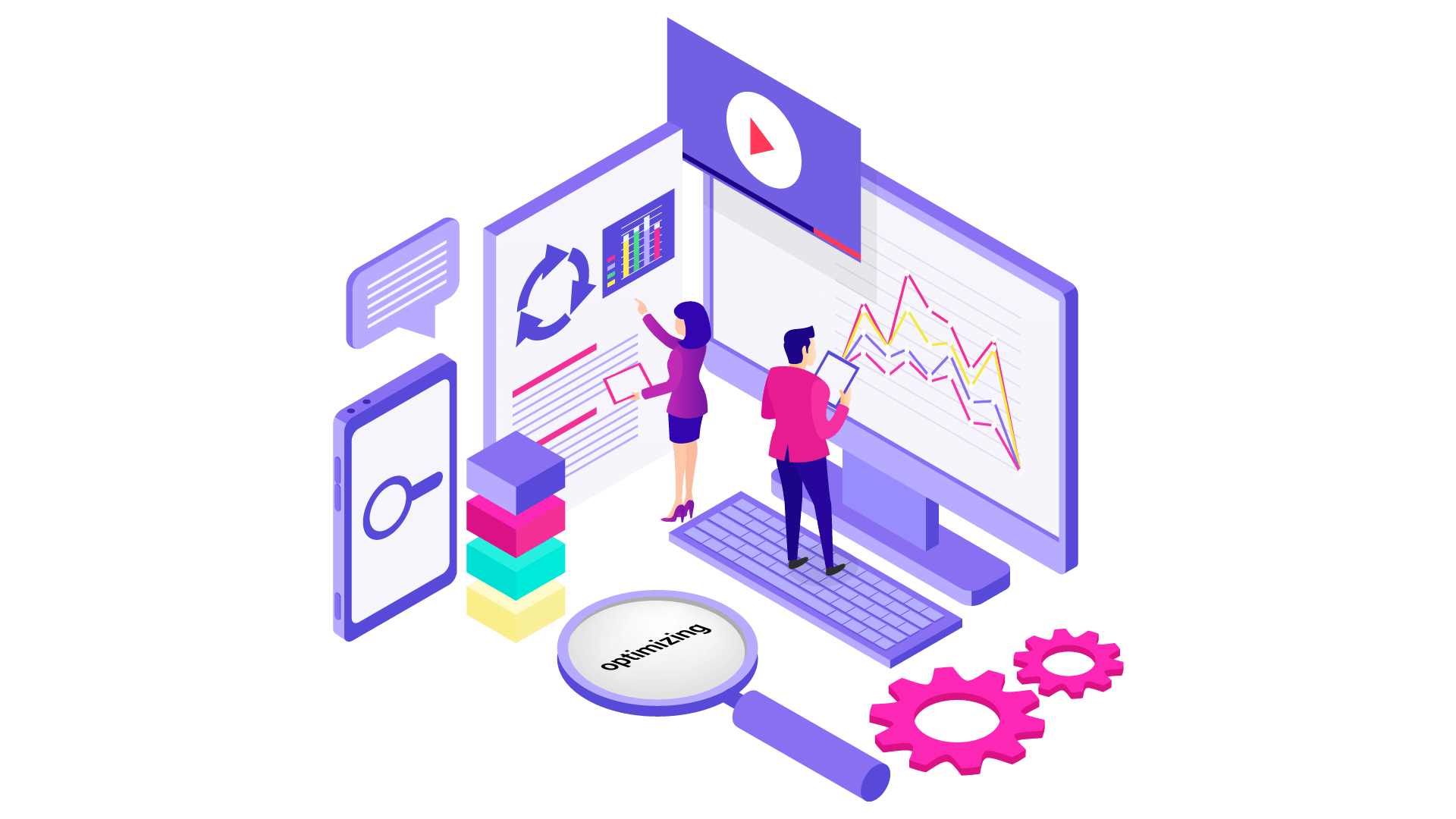
Free SEO Analysis
Research Your Top Competitors to Enhance Your SEO Strategy
Thoroughly analyzing your top SaaS competitors provides invaluable insights to
strengthen your SEO strategy. Learn how they attract and convert organic traffic
to uncover gaps and opportunities.
Identify Direct Competitors
These offer similar solutions to your SaaS and serve the same target customers.
Compare features and pricing.
Identify Indirect Competitors
While their product is different, it solves the same user needs and challenges.
That understanding is crucial for SaaS SEO.
Research Their SEO Performance
Use tools like Semrush and Screaming Frog to analyze:
- Top organic landing pages driving traffic
- Highest ranking keywords
- Traffic volumes and growth trends
- Link profile strengths and referring domains
This reveals the SEO tactics working well for them.
Analyze Their Content
Study their blog, guides, and other content. How are they positioning themselves? What topics do they target? Look for missing or poor-performing content that presents an SEO opportunity for you. Can you do better with your personas?
Evaluate Their Product Pages
How do they showcase features, benefits, and unique selling points? What can you learn to optimize your pages? Follow SEO best practices that deliver results for competitors. Then, refine and innovate to stand out. Monitoring competitors gives data-backed direction for your SaaS SEO strategies. Learn from their wins and gaps to attract your target customers.
Build a Keyword Strategy Based on Problem-Solution Approach
A strong SaaS keyword strategy targets searchers' problems that your product
solves. Ranking content that positions your solution will convert these
high-intent visitors.
Identify Common Buyer Problems
Analyze the pain points and challenges
your target personas face. What problems can your SaaS help overcome?
For example, a social media marketing platform can solve:
- Onerous manual reporting
- Difficulty tracking many accounts
- Struggling to demonstrate ROI
Uncover Related Questions
What questions do personas ask while researching solutions online?
For instance:
- How do I report on social media performance?
- What's the best social media management tool?
Use Tools to Find Opportunities
Leverage keyword research tools like Semrush to find high-volume, low-competition queries related to these problems and questions.
Create Problem-Focused Content
Develop blog posts, guides, and videos optimized to rank for these keywords. Craft compelling titles and meta descriptions.
For instance:
- How to Report on Social Media ROI [Guide]
Present Your Solution
Within each piece of content, explain how your product solves that specific problem or answers that question for your personas. Consider wider topics and keywords around your SaaS business while keeping your focus on personas. Know your target audience well and target keywords that align with your ideal personas’ challenges and solutions to position your SaaS as the go-to solution. This keyword strategy will convert visitors into leads and customers.
Find Keywords to Optimize Landing Pages of Your SaaS Platform
Optimizing your SaaS product and pricing pages for commercial keywords helps you
attract motivated visitors ready to buy. You should target online searches for
specific solutions to maximize your conversions.
Include your main SaaS product names and variations as target keywords.
For example:
- [Brand] CRM
- [Brand] CMS
- [Brand] project management software
For example:
- [Brand] CMS for architects
- [Brand] CRM for real estate
- Small business CRM
- Free CRM
- Best CRM for small businesses
- Open-Source CRM
You can also target keywords for your key features like live chat, help desk, lead generation, etc.
For example:
- Live chat software for support
- Affordable help desk system
Incorporate a Comparison Keyword Strategy
Bottom-funnel keywords comparing your SaaS to competitors are powerful for
capturing motivated shoppers ready to buy. Optimize comparison content to stand
out as the superior option.
Make a list of your main competitor brands.
Prioritize those offering similar solutions for your target personas.
Brainstorm Comparison Terms
Come up with "[Your Brand] vs
[Competitor]" keyword variations.
For example:
- [Brand] vs. Salesforce
- [Brand] vs. Zoho
- [Brand] vs. HubSpot
Create Dedicated Comparison Pages
Develop pages that deeply compare your solution to competitors. Focus on differentiating strengths and wins for your personas.
For example:
- Headline: [Your Brand] vs. Salesforce CRM Comparison
- Sections on features, ease of use, support, etc.
Create Pillar Content to Outshine Your Competitors
Developing exceptional pillar content is crucial for SaaS brands to stand out
from the competition and rank highly.
What does exceptional content mean for your SaaS brand? It means your content
answers the searcher’s query better than other search engine results. How? For
that, you can:
- Create long-format content
- Content that discusses a topic in great detail
- Add images or videos to make the content easy to understand and more engaging
- Formatted in an easy-to-read manner to make it more skimmable
Follow these tips to create exceptional SaaS content that delivers true value and converts visitors:
- Conduct keyword research to deeply understand user motivations and questions for each target keyword. Build content tailored to these needs.
- Review competitors' content ranking on page 1 in Google and other search engines. Identify weaknesses and gaps where you can better address search intent through your content.
- Work closely with subject matter experts like your support team to create accurate, in-depth content. Include actionable advice real users want.
- Aim for long-form, 3,000+ word posts with visuals like infographics, charts, videos, etc. This drives engagement and time on the page.
For example:
- An in-depth guide to scaling your sales process with process mapping
- How to build an effective employee onboarding program [Complete Guide]
Use section headers, bullet points, tables of contents, and clear formatting to make complex topics easily digestible. Market your content through email, social media, PR, and paid ads. Internally, share with sales to distribute to prospects. The payoff for creating truly differentiated content is earning high rankings and conversions. Continuously improve content by monitoring keyword positions and traffic over time.
Pay Attention to Technical Optimizations (Technical SEO)
Technical SEO focuses on how search engines access, crawl, and index your SaaS
website. Optimizing these technical elements enhances user experience and
improves organic rankings and traffic.
Improve Site Speed
Faster page load times boost conversions and search
rankings. Compress images, optimize code, and leverage caching to accelerate
speeds.
Optimize Site Architecture
Use a simple Information Architecture (IA)
with logical, organized page hierarchies when it comes to creating optimized
site architecture. Avoid deep nesting and broken links. This improves
crawlability.
Implement Responsive Design
With increasing mobile usage and Google’s
preference for mobile-first indexing, having a site optimized for all devices is
crucial for SEO and UX. Make sure to test across platforms.
Fix Crawl Errors
Identify and eliminate crawl errors using tools like
Google Search Console. Common issues include blocking bots via
robots.txt.
Create XML Sitemaps
XML sitemaps make pages easy for search engines to
discover. Generate and submit sitemaps to the Search Console.
Use Structured Data
Adding schema markup enhances how your pages
appear in SERPs. Implement structured data like FAQ schema.
Optimize On-Page Elements of Your SaaS Website (On-Page SEO)
On-page SEO strategies focus on enhancing individual web pages. Follow these
on-page SEO best practices:
Optimize Title Tags
Keep titles under 60 chars. Include relevant
keywords that capture page focus and entice clicks.
Meta Description
Craft compelling meta descriptions under 160
characters and incorporate keywords naturally to boost CTR.
Use Target Keywords in Content
Seamlessly integrate terms in headers,
content, alt text, etc., and avoid over-optimization.
Add Multimedia
Images, graphics, videos, and other media boost
engagement. Also, optimize their alt-text with keywords.
Format for Scannability
Use headers, bullet points, numbering, and
bolding for easy skimming to improve readability.
Check Mobile Optimization
Review content presentation to adjust font
sizes, column widths, and CTAs as needed for website’s
mobile-friendliness.
Continuous technical and on-page optimization
establishes authority and improves SEO performance over time.
Build Internal Links for Improved SEO (Internal Linking)
Internal links are crucial for optimizing on-site navigation and directing link
equity to boost your most important SaaS pages.
Leveraging internal linking for SaaS websites offers several benefits:
- Direct your site visitors to relevant pages within your website and make it easier for them to find what they are looking for
- Improve user engagement on your website as a site visitor hops from one page to another
- Help search engines like Google Search better understand your website’s internal structure, positively impacting your website’s ranking in search results
- Allow you to create a meaningful hierarchy on your website, providing more link value to key pages and helping those pages rank higher in search results.
Follow the best practices shared below to strengthen the internal linking of your SaaS website:
Use Descriptive Anchor Text for Internal Links
Avoid vague phrases like "click here." Use keywords or summarize the page focus instead.
Internally Link to Relevant Pages Only
Point internal links to pages related to the context. This improves user experience. Establish a Link Hierarchy
It is a good SEO practice to link more to your most vital pages like product or pricing to pass authority.
Diversify Anchor Text
Don't over-optimize with the same anchor text. It is better to diversify terminology for natural linking.
Prune Irrelevant Pages
Remove or update outdated, irrelevant pages so they don't pass poor-quality signals.
Monitor and Adjust
As your site evolves, review internal links to maintain relevance and optimize flow for improved SEO.
Promote Your Content to Earn Backlinks and Referral Traffic (Off-Page SEO)
Securing backlinks to your content remains crucial for ranking well in
competitive SaaS niches. Without backlinks, your content is most likely to
struggle for ranking, at least for competitive keywords. Thus, you will need a
solid link-building strategy to earn relevant quality links to your
content.
Apart from ranking on Google and other major search engines, robust
link-building strategies also place you in front of target customers, bring more
referral traffic to your website, and position you as an industry
leader.
Here are different link-building strategies that you can follow to promote
SaaS content:
Digital PR
Pitch high-authority publications for product reviews,
expert quotes, and contributed articles.
Resource Link Building
Create resources like tools, research reports,
and quizzes to get placed on industry hubs.
Broken Link Building
Find and replace broken links on other sites with
your content where relevant.
Guest Posting
Publish posts on niche websites with a link back to your
site using nofollow.
Content Promotion
Distribute and promote content through email, social
media, paid ads, press releases, etc.
Link Insertion
Seek opportunities for organic editorially given links
within an existing article's flow.
The more quality links you can earn,
the more search engine visibility and referral traffic you'll gain over time.
Latest SEO Tools We Use














Frequently Asked Questions to Increase SaaS Website
Traffic and Ranking
Yes. Though SEO ranking signals of search engine algorithms are the same, the approach to search engine optimization for SaaS firms is different from traditional SEO. SaaS SEO and traditional SEO have different goals. For instance, traditional search engine optimization focuses on diverting more users to the website and converting as many users as possible as the sales lifecycle is straightforward. However, SEO for SaaS companies is more focused on nurturing and generating leads because of the complex buying process and sales funnel.
Yes. SEO is an integral online marketing approach for SEO companies as it can be customized based on all the stages of the consumer buying journey, accompanies prospective customers during the decision-making process, and brings them the content they need at the right time and the right stage of their journey.
The easiest way for software-as-a-service companies to increase website traffic is to create high-quality, engaging content that addresses the challenges and pain points and provides the solutions to their problems. You can drive more traffic by promoting your content on social media for free. You can also write guest posts and get them published on high-authoritative websites to gain referral traffic. Besides, you can also invest in PPC campaigns for quick online visibility.
Start by knowing your ideal customers, challenges, and their needs. It helps you shape your SaaS value proposition. Once you know your target audience, you can begin with website development and design, search engine optimization, social media marketing, link building, pay-per-click advertising, and e-mail marketing strategies.
The journey to finding the first 1000 SaaS customers
starts with ensuring that you create a strong SaaS
product with good market demand or that addresses
the needs of customers. Make sure you promote your
SaaS product not only offline but also online, such
as your website, social media accounts, business
pages, content marketing strategy, review management
and listings, video marketing, and pay-per-click
(PPC) advertising.
You can also provide free trials with a limited time
to allow your target customers to experience your
SaaS product themselves. Sharing promo codes and
giveaways can also help attract more customers.
To increase the customer base of your SaaS platform, you should focus on targeting customers from all stages of the funnel: top, middle, and bottom. Keep your free trials short and combine your SEO investment with PPC marketing, social media strategy with relevant hashtags, and email marketing. Do you have more questions related to SaaS SEO? Please feel free to get in touch with our SEO experts. You can directly call us at +1 6573124124 or connect with us at info@mediasearchgroup.com.


